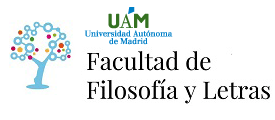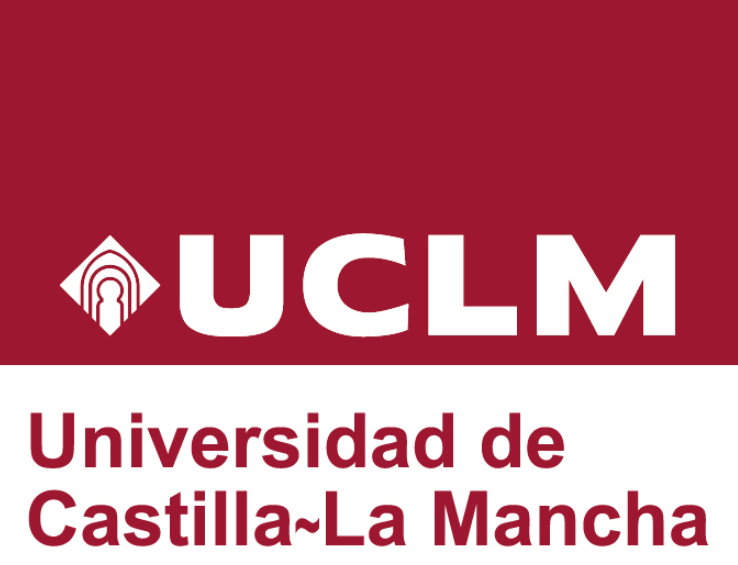THE “SOCIAL EXCLUDED”: RHETORICS AND PRACTICES OF HUMILIATION
The 20th century witnessed the emergence of the social and moral justification of all possible techniques of finger-pointing, classification and intervention on the “deviated”. Nineteenth-century hygienism –the touchstone in the defence of the new social order, and in the technification and consolidation of the State– was, at the same time, the main bone of contention for the prevention of behaviours considered socially undesirable and the bastion of the struggle against the presumed amorality of the working class. The link between poverty and deviation remained ever since irrevocably sealed. Nowadays, we find this same logic with relation to the category of “social exclusion”. Prostitutes, drug addicts, criminals, homeless… are, presumably the core of contemporary social deviation . People who are considered to be committed to a kind of rejection of the collective social order; individuals we stop seeing as ordinary people, who the ranks of the infected and despicable beings.This paper aims at showing how the category “social excluded”, and the aid devices that build around it, points at a system of representations that assigns to the individual a series of minimising features that make it the bearer of a stigma from which to legitimate a whole series of interventions and remedial treatments that are aimed at forcing a particular acceptance for fitting into an inferior social order.
(*)El autor o autora no ha asociado ningún archivo a este artículo









